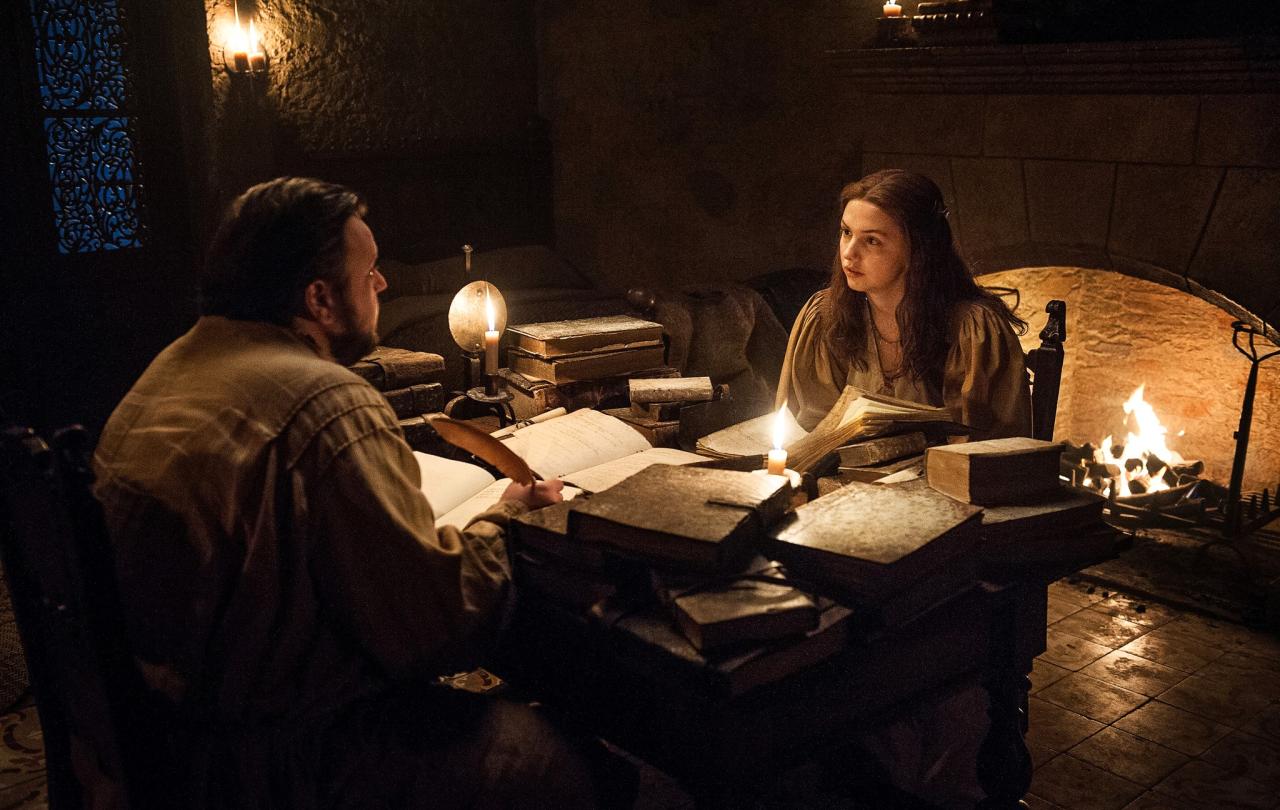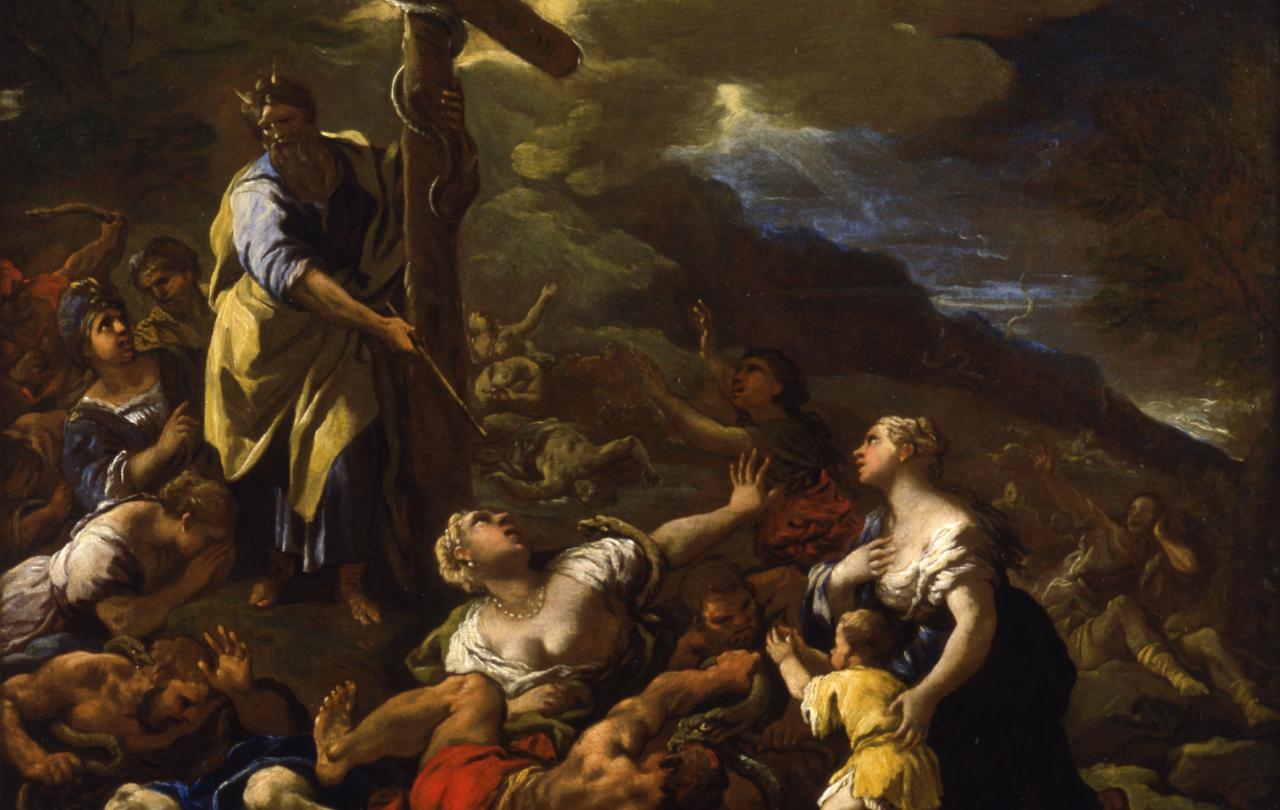
Should you start something if you can’t be sure it’s going to finish? More specifically, should I read A Dance with Dragons by George RR Martin? It’s book five in the Game of Thrones series. The author is 76. Fans have been waiting fourteen years for book six, The Winds of Winter. And many are doubting the book will ever arrive, let alone book seven, A Dream of Spring. If current trends continue, HS2 will be completed faster than the Game of Thrones book series.
There are plenty of other reasons not to read A Dance with Dragons. I’ve seen the adaptation for HBO which hit our screens in 2011. The plots have been already spoiled. I already know what’s going to happen.
Yet over the last couple of years, I’ve read the first four books in the series and enjoyed them. A Storm of Swords, the third book in the series, was stunning, even though the plot had been thoroughly spoiled. I already knew about the Red Wedding, and the fate of King Joffrey and what happened to Jamie Lannister’s hand. Nonetheless, A Storm of Swords was enthralling and relentless. Just when I thought my jaw could not drop any further, it would drop again. The fact that A Dance with Dragons has already been on TV is not a consideration.
A stronger reason against reading A Dance with Dragons is this: book four in the series, A Feast for Crows is, frankly, for the birds. Following on from the scintillating Storm of Swords, George RR Martin decided to focus on all of the least interesting characters who wander around Westeros desperately seeking a plot. But A Dance with Dragons, I’m told, returns to the best characters, like Tyrion Lannister, Varys and John Snow. What’s not to like?
Here’s what: I end up being captivated by the world of Westeros all over again and left in the lurch. It could happen. In fact, I would expect it to happen. I might find myself primed and ready for the sixth book in the series, The Winds of Winter, which may never come. It’s been fourteen years. Say it comes next year. Book seven may takes another five. He’ll be 82. He might not make it. Heck, I’ll be 56. I might not make it!
George RR Martin is aware of this fan fury. He often refers to it in interviews or on his blog. In 2019 he wrote:
“…if I don’t have THE WINDS OF WINTER in hand when I arrive in New Zealand for worldcon, you have here my formal written permission to imprison me in a small cabin on White Island, overlooking that lake of sulfuric acid, until I’m done.”
The lake has been prepared, George. You’ll need to do better than ‘direwolves ate my homework.’ Martin explains he’s been working on related projects which now includes opening a pub called Milk of the Poppy. He doesn’t work the bar or change the barrels but fans now suspect that Martin is avoiding finishing the books on purpose. Why?
Some say he knows he can’t finish the book because he’s an existentialist. After all, he wrote the books to show the sprawling messiness of the real world by using the anarchy of the Seven Kingdoms of Westeros. For George RR Martin, life is not full of heroes and villains like Gandalf and Saruman. He has a point. The most interesting characters in Lord of the Rings are Gollum and Boromir.
Game of Thrones is an intentionally complex mess of compromise and chaos. There are no good guys, except John Snow. And there are no real villains except King Joffrey. And Cersei, Melisandre, Little Finger, The Mountain and, wow, that’s already quite a long list, isn’t it?
The moral complexity was highlighted by the end of the TV series, which had to invent its own finale, as none was provided by the author. Many fans were appalled at the last series, outraged that the resolution was jarringly neat. Others were just happy there was an ending – which made that first group of fans even angrier.
Here’s the real question. Why does it matter? So the series is unfinished. Big deal.
You know what else is unfinished? Your life. And the lives of everyone around us. We live with not knowing how our story will end. We are finite beings. We are born. We live with the limitations.
And then the biggest limitation of all hits us: death. So why not just enjoy the moment? If we enjoyed the characters and the stories, what’s the problem? Storm of Swords was incredible. Maybe A Dance with Dragons will be brilliant too. Can’t I just enjoy that and move on?
No. We yearn for an ending. Life is not one perpetual cliffhanger. Let us not confuse limited knowledge with suspense. The fact is that we are eternal beings. The Lord has set eternity in our hearts. Even the characters of Westeros believe in something beyond themselves – although all the talk of the old gods and the new is entirely unconvincing. I don’t really believe they believe in those gods.
But they do believe in something outside of themselves. In Game of Thrones, a few good men are prepared to die with honour. Some awful men die in agony. Others are wrestling with doing the right thing when all around seem not to care. Some characters are yearning for home; some vindication; others love and acceptance.
Our desire for an ending merely matches the desires of the characters that George RR Martin has created. They are so lifelike precisely because they believe in providence, fate, destiny or some divine standard to which they are held to account. In that, George RR Martin has made characters in God’s image, not his own.
What I do know is this: my favourite character in Game of Thrones, Tyrion Lannister, would read A Dance with Dragons, curious to know what happens next. And that’s good enough for me. I’m in.
Support Seen & Unseen
Since Spring 2023, our readers have enjoyed over 1,500 articles. All for free.
This is made possible through the generosity of our amazing community of supporters.
If you enjoy Seen & Unseen, would you consider making a gift towards our work?
Do so by joining Behind The Seen. Alongside other benefits, you’ll receive an extra fortnightly email from me sharing my reading and reflections on the ideas that are shaping our times.
Graham Tomlin
Editor-in-Chief





